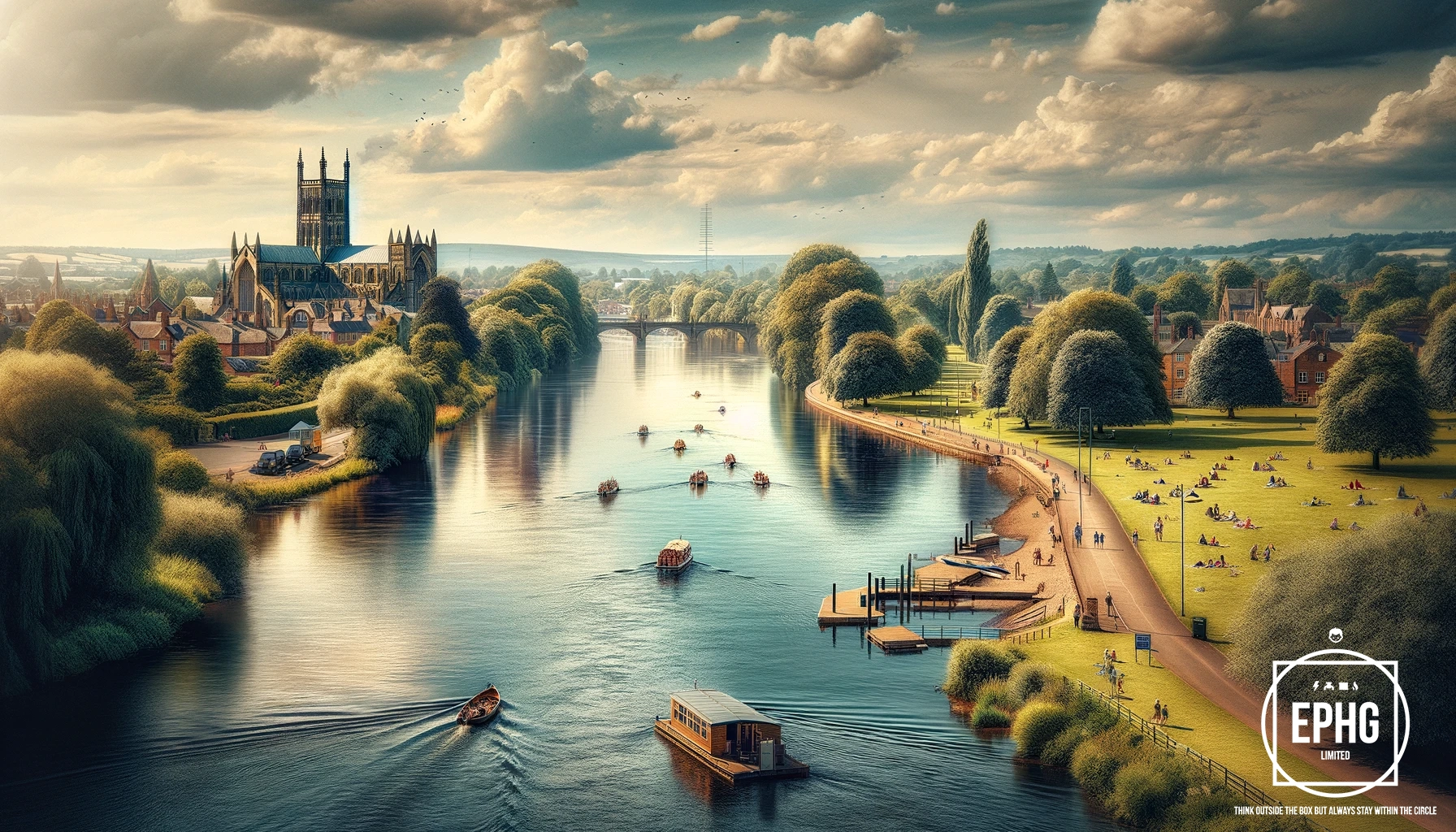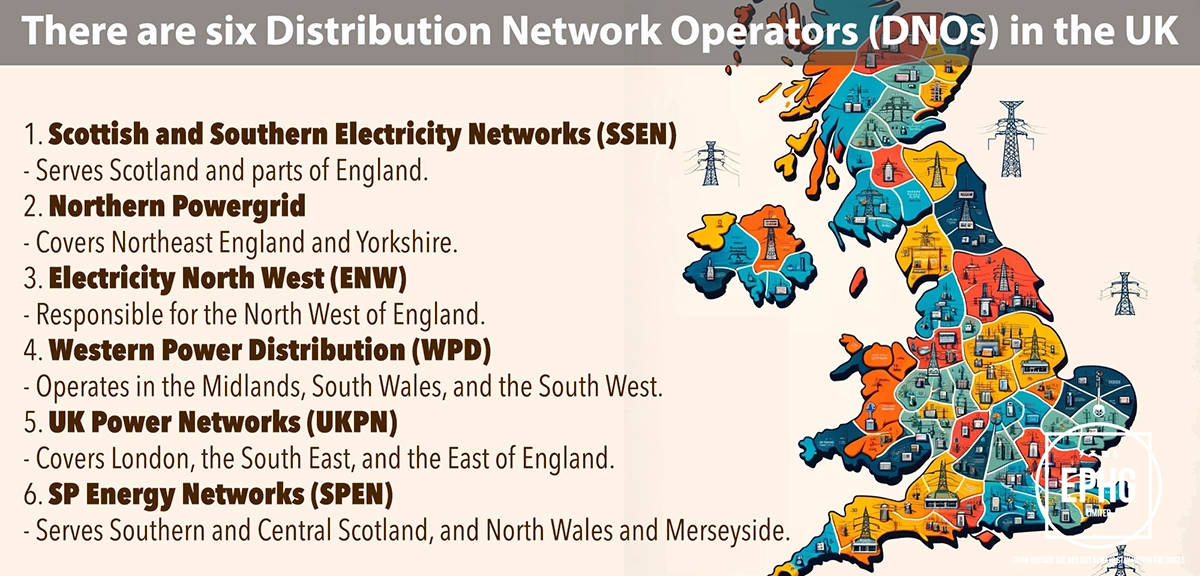
WR Postcodes for Utilities & Services in Worcester and Surrounding Areas
Introduction: The WR postcode area, including Worcester and its surrounding regions, offers a unique blend of historical richness and modern living. This section provides an in-depth look at the utility services essential for the residents and businesses within this diverse geographical landscape.
Water in Worcester
What are the primary water sources for Worcester, and how does the area manage water scarcity?
In Worcester, the main water supply is sourced from the River Severn, which is central to the region's water infrastructure. The area also relies on smaller rivers and reservoirs, such as the River Teme and River Avon, to meet local demand. Despite the general reliability of water provision, Worcester is not immune to challenges such as seasonal variations and environmental changes, which can affect water availability. Local authorities and water service companies implement rigorous water management strategies and promote efficient water use among residents to ensure a sustainable supply, particularly during drier months.
How does water quality and hardness affect Worcester residents?
Water in the Worcester area is typically classified as moderately hard due to the geological composition of the region it flows through. This means it contains higher levels of minerals like calcium and magnesium. While hard water can contribute to scale buildup in household appliances, it is safe for consumption and contributes to daily mineral intake. The water quality is continuously monitored to meet strict regulatory standards, ensuring it is safe for all uses. Residents may consider using water softeners if they wish to reduce the hardness of their water, especially to prolong the lifespan of their domestic appliances.
Electricity in Worcester
What are the primary sources of electricity in Worcester, and what is the energy future for the region?
Electricity in Worcester is supplied through the national grid, with an increasing focus on incorporating renewable energy sources. The area is gradually shifting towards greener alternatives such as solar, wind, and biomass to reduce carbon emissions and enhance environmental sustainability. The future energy strategy for Worcester emphasizes further development and integration of renewable energy sources, improving energy efficiency in homes and businesses, and supporting the transition to a more sustainable energy model that aligns with national climate goals.
Wastewater Management in Worcester
Effective wastewater management is crucial in Worcester to maintain public health and environmental quality. The region's wastewater treatment processes ensure that all waste is properly treated to remove contaminants before being released back into local waterways, primarily the River Severn. Continuous investment in wastewater infrastructure aims to enhance treatment capabilities and efficiency, reflecting Worcester’s commitment to protecting its natural water resources and ensuring the well-being of its communities.
Electricity in Worcester
What are Worcester's main electricity sources, and what does the future hold for the area's energy?
Worcester's electricity supply comes from a combination of traditional energy sources and a growing contribution from renewable energies. The region, historically reliant on fossil fuels, is witnessing a significant transition towards sustainability, with solar and wind energy playing increasingly vital roles. The commitment to green energy is reflected in local investments and initiatives aimed at boosting renewable energy use and efficiency. Looking ahead, Worcester aims to become a model for renewable energy adoption, with plans to increase green infrastructure and reduce carbon emissions, thereby ensuring a sustainable and secure energy future.
How is Worcester integrating hydrogen into its energy strategy?
Worcester is exploring the integration of hydrogen technologies, particularly in heating and transportation sectors, as part of its broader sustainability strategy. While the full-scale introduction of hydrogen energy is still in the planning stages, the city is engaging in pilot projects and partnerships to explore its feasibility and implementation. These efforts are in line with national goals for a low-carbon future and represent Worcester's commitment to pioneering clean and innovative energy solutions.
Wastewater Management in Worcester
In Worcester, managing wastewater efficiently is crucial for preserving both public health and environmental quality. The city's wastewater treatment facilities ensure that waste from homes, businesses, and industries is properly processed, with contaminants removed before being released back into local water bodies like the River Severn. Ongoing investments in the sewer system and treatment technology demonstrate Worcester’s commitment to maintaining high standards of cleanliness and sustainability, safeguarding its natural resources for future generations.
Regions and Services:
The WR postcode area showcases a rich variety of landscapes and communities, from the historic city of Worcester to the charming rural areas that surround it. Key regions within this area include:
- Worcester City: The central hub for urban utility development, featuring sophisticated electrical and gas infrastructures to support its dense population and active economy.
- Evesham, Droitwich, and Pershore: Market towns that blend historical settings with modern amenities, showing a mix of old and new in their utility services, reflecting unique local characteristics and needs.
- Malvern, Tenbury Wells, and Broadway: Villages and smaller communities where the focus on renewable energy and sustainable practices is growing, enhancing their traditional utility frameworks and contributing to the region's green initiatives.

Regions within the WR Postcode
Worcester and Surrounding Areas
- WR1: Worcester city centre - Known for its historical sites, bustling high street, and riverside walks.
- WR2: St John's, Crown East, Rushwick - Suburban and rural areas west of Worcester, known for university campuses and community feel.
- WR3: North Worcester, Fernhill Heath, Claines - Residential areas with green spaces and local amenities.
- WR4: East Worcester, Blackpole, Ronkswood - Urban areas with industrial estates, shopping centres, and residential communities.
- WR5: South Worcester, Norton, Kempsey, Whittington - Combining suburban living with access to countryside and riverside spots.
- WR6: Broadheath, Martley, Rushwick - Rural landscapes with small villages, known for their natural beauty and outdoor activities.
- WR7: Evesham, Inkberrow, Upton Snodsbury - Market town and surrounding villages offering a mix of culture, agriculture, and history.
- WR8: Pershore, Defford, Besford - Areas known for their picturesque countryside, historical sites, and community events.
- WR9: Droitwich, Ombersley, Wychbold - Spa town and surrounding areas with local businesses, heritage sites, and community services.
- WR10: Pershore, Wick, Pinvin - Known for fruit farming, market town charm, and community spirit.
- WR11: Evesham, Broadway, Wickhamford - Areas with historic charm, tourism, and vibrant local culture.
- WR12: Broadway, Snowshill - Known as the "Jewel of the Cotswolds", famous for its picturesque streets and cultural history.
- WR13: Malvern, Welland, West Malvern - Areas famous for the Malvern Hills, natural springs, and scientific heritage.
- WR14: Malvern, Barnards Green, Malvern Wells - Combining town amenities with access to outstanding natural beauty and leisure activities.
- WR15: Tenbury Wells, Burford, Newnham Bridge - Market town and surrounding countryside known for their rural appeal and local produce.
Additional Surrounding Regions
- WR78 and WR99: Non-geographic areas associated with Worcester, typically used for businesses and administrative purposes.




